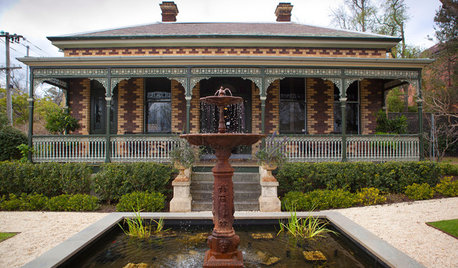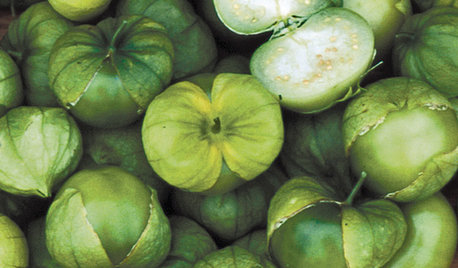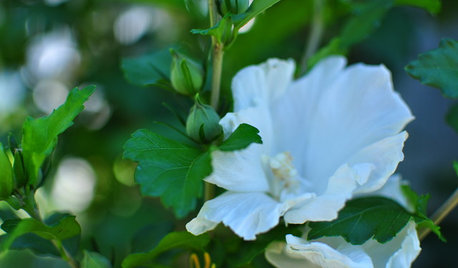Tomato Root Length - Soil
hdogg
15 years ago
Related Stories

EDIBLE GARDENSSummer Crops: How to Grow Tomatoes
Plant tomato seedlings in spring for one of the best tastes of summer, fresh from your backyard
Full Story
GARDENING GUIDESGardening Solutions for Heavy Clay Soils
What’s a gardener to do with soil that’s easily compacted and has poor drainage? Find out here
Full Story
GARDENING GUIDESHow to Stop Worrying and Start Loving Clay Soil
Clay has many more benefits than you might imagine
Full Story
ARCHITECTURERoots of Style: The Historic Australian Brick House
With their mix of old-world charm and modern extensions, Australia’s brick villas and bungalows remain well designed for today’s lifestyles
Full Story
FARM YOUR YARDHouzz Call: Home Farmers, Show Us Your Edible Gardens
We want to see where your tomatoes, summer squashes and beautiful berries are growing this summer
Full Story
GARDENING AND LANDSCAPINGBuild a Raised Bed to Elevate Your Garden
A bounty of homegrown vegetables is easier than you think with a DIY raised garden bed to house just the right mix of soils
Full Story
FALL GARDENING5 Ways to Put Fall Leaves to Work in Your Garden
Improve your soil and yard the organic way with a valuable garden booster that grows on trees
Full Story
SUMMER FRUITS AND VEGETABLESSummer Crops: How to Grow Tomatillos
Grow this Mexican native for the freshest salsa verde — and for fewer problems than its tomato cousins
Full Story0

GARDENING GUIDESCalifornia Gardener's June Checklist
Update your hydrangeas, catch up on tomatoes and more ways to enjoy your California garden in June
Full Story
GARDENING GUIDESMid-Atlantic Gardener's August Checklist
Bring in the bounty of tomatoes, savor the show of grasses and start seeding some cool-season plants
Full StoryMore Discussions






carolyn137
hdoggOriginal Author
Related Professionals
Norton Shores Landscape Architects & Landscape Designers · Cicero Landscape Contractors · Framingham Landscape Contractors · Las Vegas Landscape Contractors · Mission Viejo Landscape Contractors · Ocoee Landscape Contractors · Palos Heights Landscape Contractors · Annandale General Contractors · Beloit General Contractors · Bryn Mawr-Skyway General Contractors · Dunkirk General Contractors · Homewood General Contractors · Hershey Decks, Patios & Outdoor Enclosures · Lake Morton-Berrydale Decks, Patios & Outdoor Enclosures · Shirley Decks, Patios & Outdoor Enclosuresoldroser
coolbythecoast
carolyn137
spiced_ham
zeligbass
seysonn
zeligbass
slowjane CA/ Sunset 21
carolyn137
zeligbass
carolyn137
digdirt2
zeligbass
2ajsmama
seysonn
digdirt2
2ajsmama
ncrealestateguy
fireduck
2ajsmama
digdirt2
drmbear Cherry
johns.coastal.patio
seysonn
drmbear Cherry
johns.coastal.patio
cold_weather_is_evil
johns.coastal.patio
plaidbird